NIOZ Visiting PhD student Junlin Ren’s study on the invasion on cordgrass in the Chinese “Red Beach” marshes has just come out in Science Advances, taking the front cover!
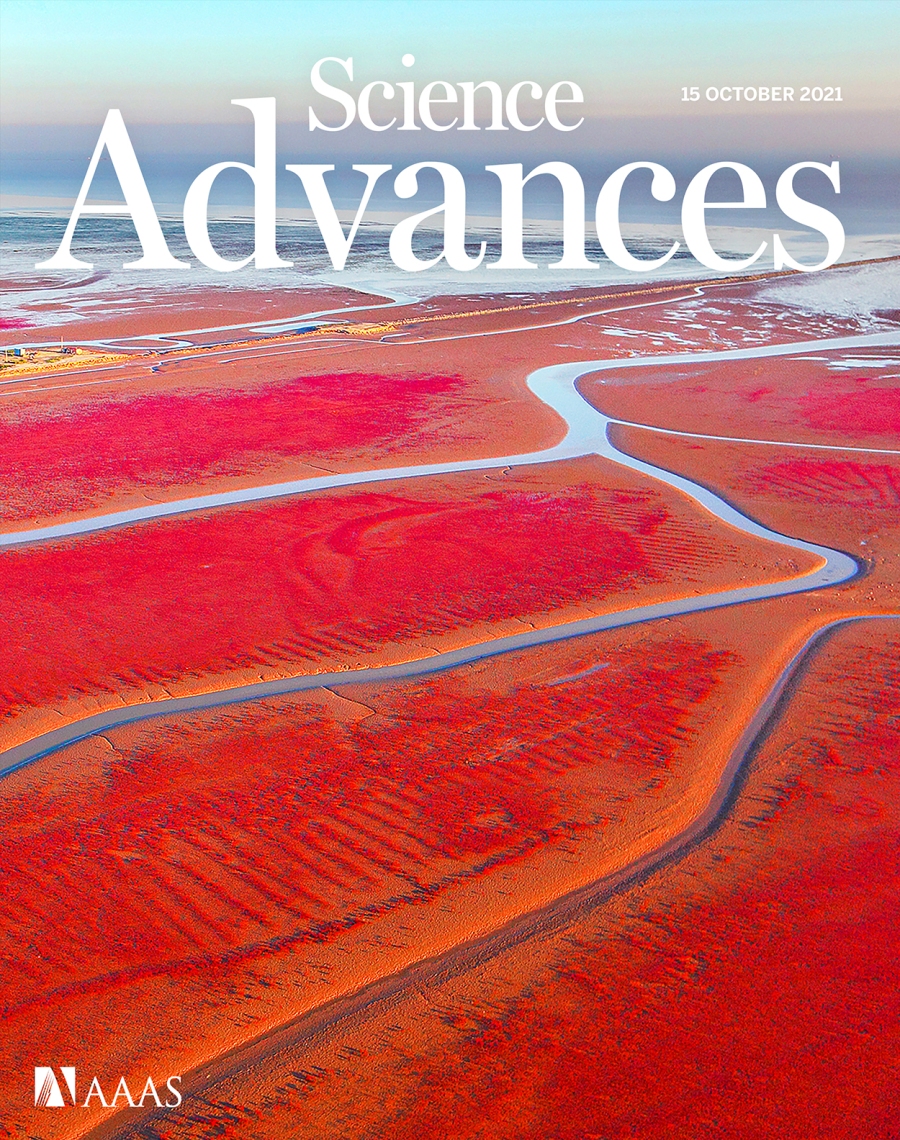
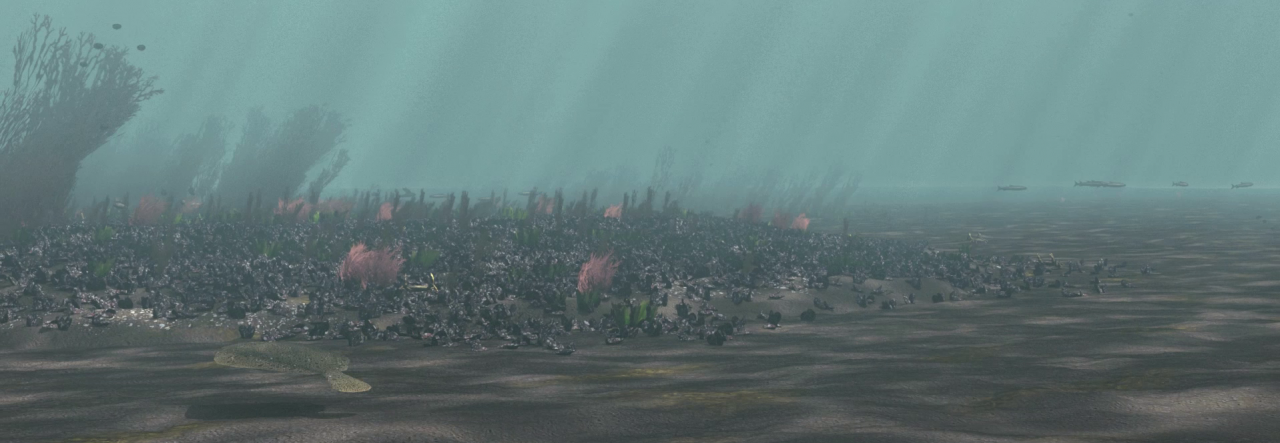

NIOZ Visiting PhD student Junlin Ren’s study on the invasion on cordgrass in the Chinese “Red Beach” marshes has just come out in Science Advances, taking the front cover!
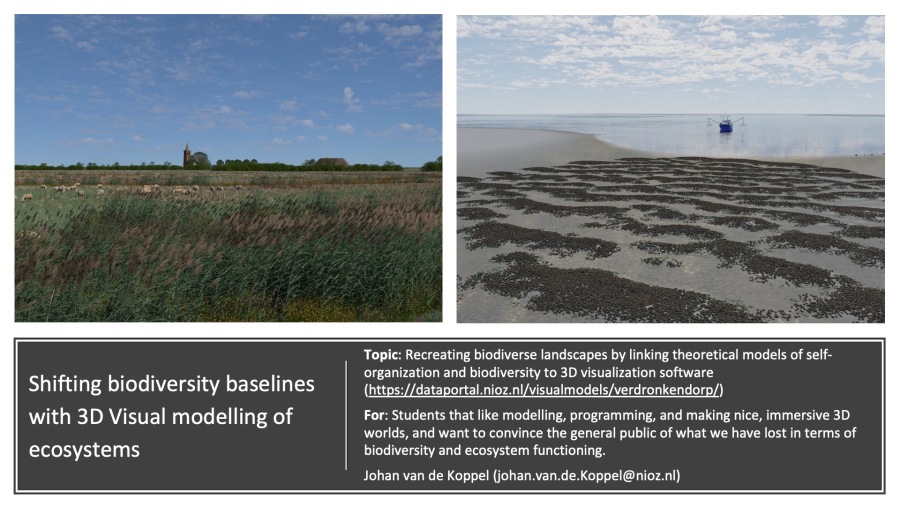
Loss of biodiversity is one of the biggest problems that humankind is currently facing. Conservation and restoration efforts are not always met with understanding from the general public.
The reason for that is called the “shifting baseline problem”: people think that single-species grassland are the natural Dutch landscape, and they have no knowledge anymore of how biodiverse ecosystems have looked like.
We offer MSc projects that combine ecosystem modelling with 3D visualisation software to recreate natural, biodiverse landscapes. This topic is open for students with experience and/or a lot of enthusiasm for modelling, programming, and computer graphics, and that want to study how ecosystems in the past have looked and functioned differently from what they are now.
Examples are rewilding projects, reconstruction of historic landscapes, and restoration of marine intertidal ecosystems.
Are you intrigued by the virtual ecosystems that can be found in modern computer games, in the form of lush forests and grasslands? Then why not use that technology to visualise the ecological models that scientists make. At NIOZ, we offer Msc projects to students who want to use self-organization models to build virtual ecosystems, to show to the public how the ecosystems that we model really look like. This could be an interesting project both for students from ecology and from informatics. Are you interested, send me an email.
An example can be seen in this youtube movie:

Meeting people from other disciplines is always a great joy (and a great puzzle). I presented our ideas of how the physical concept of phase separation can be used to understand ecological patch dynamics in ecosystems such as seagrass beds and grazed salt marshes at a Pattern workshop at Princeton University, organized by Corina Tarnita, Rob Pringle and Simon Levin. I learned from physicist Nigel Goldenfeld that the secrets of spinodal decomposition may provide insights in when these important ecosystems can still be restored.
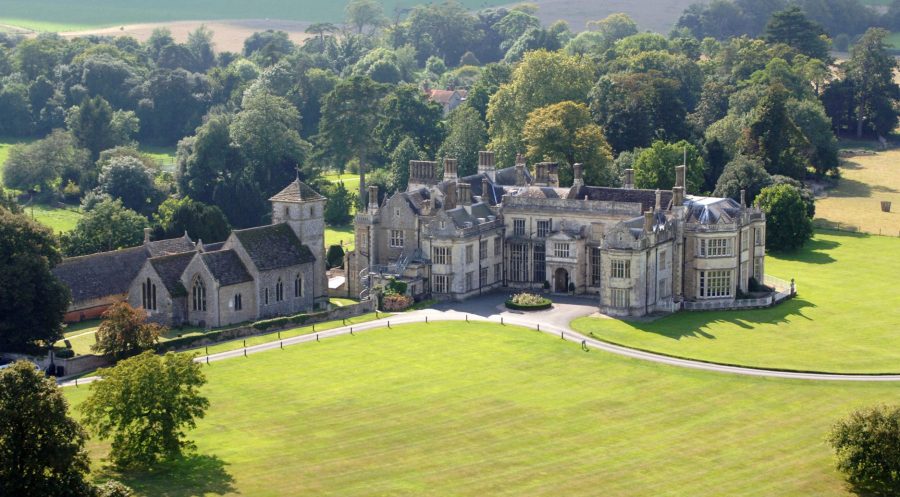
I am giving a talk on Lévy movement in self-organised ecosystems at the Company of Biologists conference “Current status and future directions of Lévy walk research” at Wiston House, UK. The venue has its appeals.
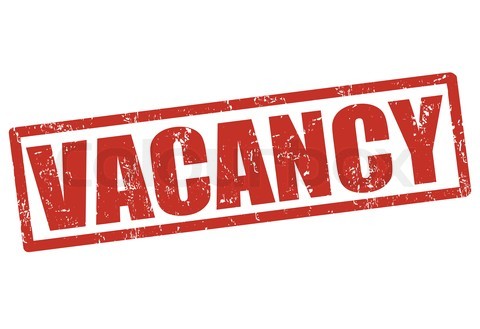
Together with Jan van Gils, Allert Bijleveld, and Sander van Doorn (RUG), I have a PhD position vacant for somebody interested in understanding animal search from a principle-seeking viewpoint. If you want to combine modelling with experiments to understand animal search, this might be your job!
See: https://www.workingatnioz.com/our-jobs/phd-student-“understanding-animal-search”.html

This Sunday morning I was interviewed at the radio show Vroege Vogels (early birds), talking with Menno Bentveld about the importance of spatial patterns in mussel beds.
See the Vroege Vogels website (in Dutch): https://vroegevogels.vara.nl/media/375430
My interview appears at 1:48:50-1:51:00 and at 2:31:16-2:42:28.
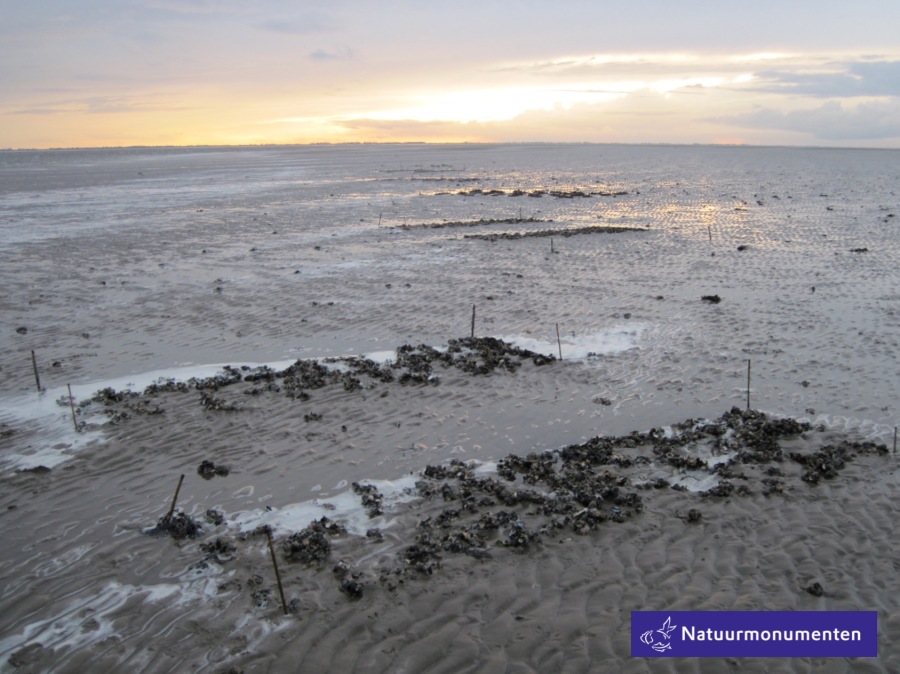
How to make a sturdy ecosystem? It might be a good idea to design it with a nice regular pattern. Helene de Paoli and Aniek van der Berg showed it makes all the difference when restoring a mussel bed. Their work was published today in the Proceedings of the National Academy of Sciences.
Link to the paper: http://www.pnas.org.proxy-ub.rug.nl/content/early/2017/06/26/1619203114.abstract
Link to the NIOZ press release (in Dutch): https://www.nioz.nl/en/news/mosselpatronen-blijken-blauwdruk-voor-landschapsherstel-wadplaten
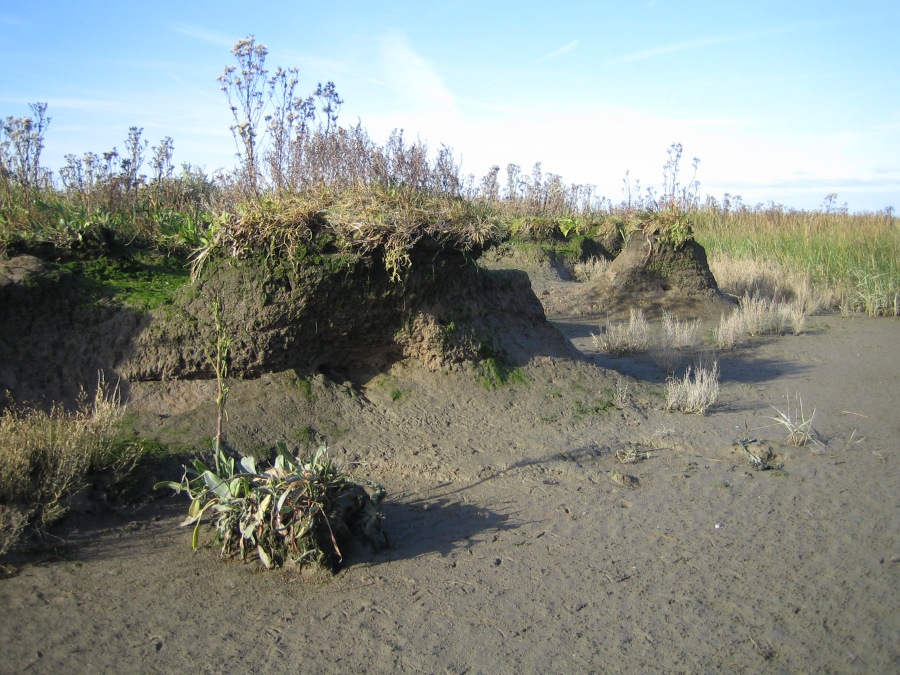
Do you want to know whether your ecosystem is in any danger of collapsing? Research by Jim van Belzen and co shows that you can give salt march ecosystems a small punch to check. Our method is outlined in Nature Communications, and is free to use for all!
See the NIOZ press release.
See the paper in Nature Communication.
See the pdf at the VLIS repository: download pdf.
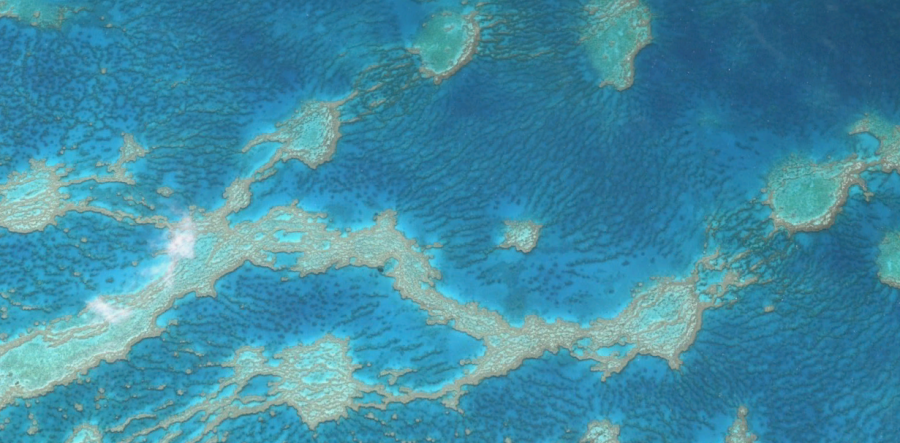
Would you like to study self-organization in reef forming ecosystems such as coral reefs, oyster beds or mussel beds, using modelling and observations?
Maybe this vacancy, here at NIOZ, is the challenge you need: